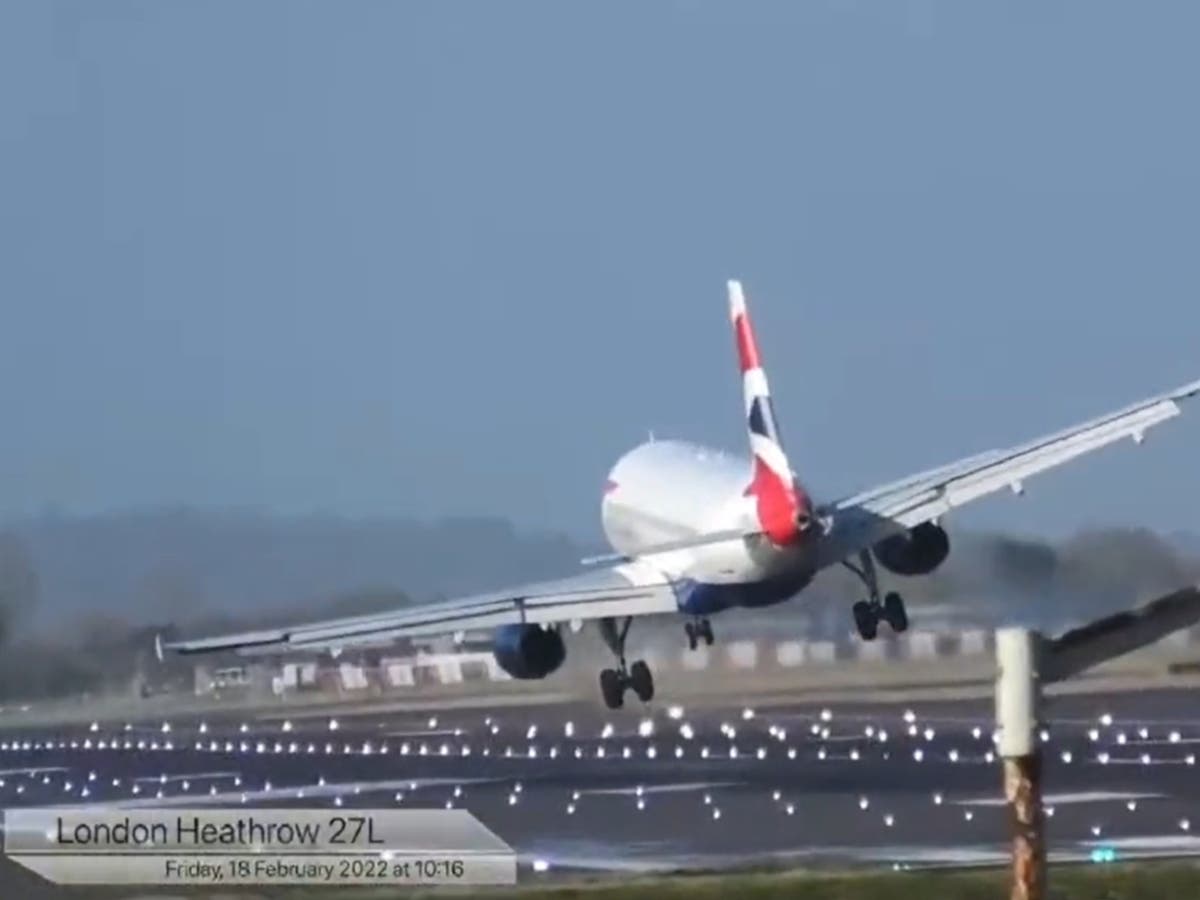The maths behind your cancelled flights
The Man Who Pays His Way: These difficult days, minimum cost rather than maximum happiness wins out

Simon Calder, also known as The Man Who Pays His Way, has been writing about travel for The Independent since 1994. In his weekly opinion column, he explores a key travel issue – and what it means for you.
Nice, Algiers, Malaga: that is how Saturday’s sequence began, with a trio of spectacular Mediterranean locations.
The previous day the first three on the list had been beautiful inland cities: Prague, Amsterdam, Milan.
No traveller wants to see their destination featured on these registers, though. They are the first non-departures of the day from London Heathrow on British Airways.
As you will probably know, for the past 10 days BA has been cancelling around 60 or 70 domestic and European flights each day (immediately before that, there were a couple of hundred more as yet another IT snarl-up scuppered plans).
The other giant UK airline, easyJet, has had its own litany of lost departures – most of them from its main base, Gatwick. Friday’s first fallers were Agadir, Venice and Preveza, while Saturday’s initial casualties were Mahon, Ibiza and Brindisi.
British Airways says that most of its cancellations were notified to passengers a couple of weeks ahead, allowing them to select other options. My observations suggest that easyJet’s cancellations occur closer in, but once decided tend to stick.
In addition, BA always seems to have to make some overnight or on-the-day groundings that cause maximum inconvenience.
The problem is resources – primarily, I understand, a shortage of cabin crew. On any plane with more than 19 seats, there must be one member of cabin crew for every 50 seats. (This is a safety measure in case of an evacuation, nothing to do with passenger comfort.)
What, I wondered, are the parameters that airlines use to decide how that day’s list of cancellations is chosen? These are my conclusions.
For a start, there is doubtless all manner of tricky practical issues. I daresay that the way rosters work – eg a round-trip to Nice always being followed by a rotation to Edinburgh – means that if one is cancelled, then so is the other.
Pilots need special training for “Category C” airports such as Salzburg, Innsbruck and Madeira, so if an unfortunate proportion of those qualified to land at them have contracted Covid-19 that can force the hands of the staff in the operations room who are seeking to optimise the impact of the cancellations.
You might like to think that these demi-gods have the omniscient ability to minimise pain: given that the average traveller to Venice probably enjoys the experience more than a passenger to Frankfurt, focusing limited resources on maximising happiness is an attractive ambition. But these difficult days finance rather than philosophy wins out.
Flights under 1,500km require British Airways to pay out less compensation (£220) per passenger than those above it (at least £350). Heathrow Budapest, at 1,493km, is the outer limit. But the financial hit has many more dimensions.
Albania’s capital, Tirana, seems to have been taking more than its share of cancellations – which, I speculate, is a consequence of the revenue from that particular route. It will not be particularly high, with little connecting traffic.
With demand for sunshine surging, fares to Mediterranean destinations are off the scale: one Ryanair seat from Stansted to Malaga was on sale this week for £334 one way, and that included only a bag barely bigger or heavier than a packet of crisps.
Given that a proportion of cancelled passengers will call off their trip and demand a refund, the higher the total revenue from a flight the lower the chance of its cancellation. But for a network carrier like BA, the knock-on effects of a single cancellation are also significant. As I write on Saturday afternoon, British Airways has grounded only six domestic sectors – one-12th of the number of international flights cancelled today.
On many of the links from Belfast, the Scottish airports, Manchester and Newcastle to Heathrow, most passengers are transferring – especially from the two northern England airports. The higher the number of premium long-haul passengers on a domestic departure, the more likely it is to stay on the departure screen.
Getting travellers where they need to be is the main purpose of an airline, and any cancellation is likely to trigger reputational damage. But there are degrees: if a flight to Barcelona with many cruise passengers booked is axed and they miss the boat, their fury at the cancelling carrier is likely to be intense.
Conversely, if the airline is able to provide capacity – albeit delayed – by deploying a bigger plane, travellers are less likely to be cheesed off. After cancelling a morning flight from Heathrow to Dublin this week, BA laid on a Boeing 787 Dreamliner for the lunchtime departure – allowing Club passengers to enjoy lie-flat beds for the short hop.
Creative thinking is to be applauded. But it is no substitute for matching schedules to available resources and sticking to them. After two years of coronavirus misery, travellers’ plans are more precious than ever.

 Tekef
Tekef 































